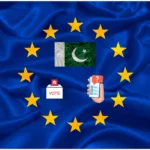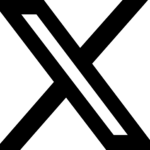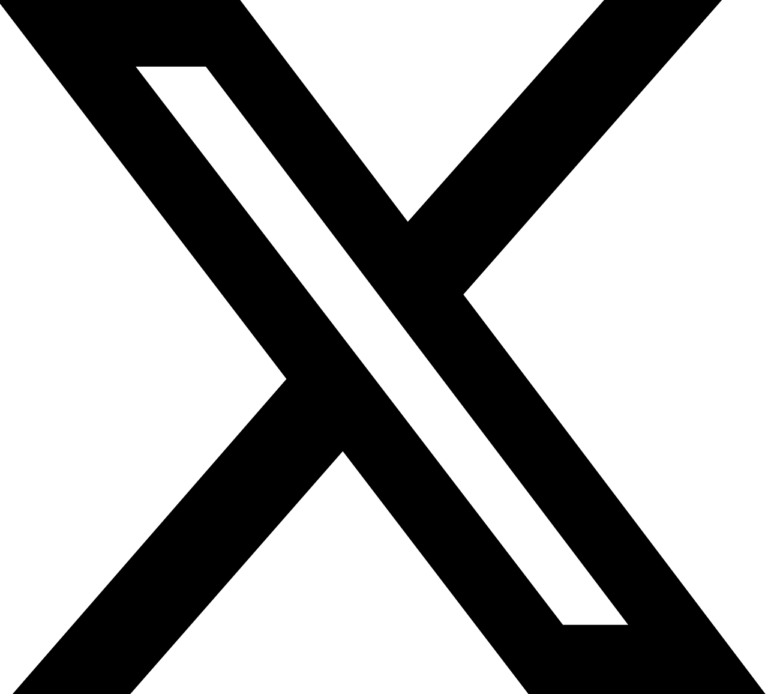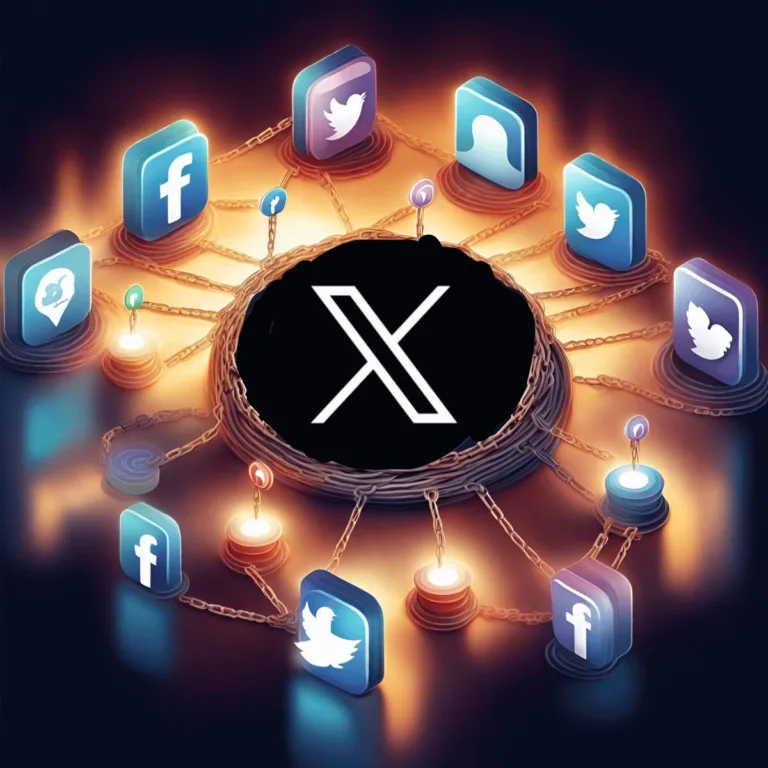Pakistan’s recent downgrade to an authoritarian regime by the Economist Intelligence Unit (EIU) Democracy Index signals a pivotal moment in the nation’s political landscape and underscores the phenomenal popularity of Imran Khan´s Tehreek-e-Insaaf party (PTI). Despite initial skepticism, the success of party-backed independent candidates in General Elections 2024 is proof of PTI’s formidable mobilisation capacity, fueled by innovative use of Information and Communication Technology.
However, as an observer of political tactics in Pakistan, I am struck by the belated acknowledgment of PTI’s transformative impact on the political landscape in the mainstream. For years, the party was dismissed as a mere ‘social media phenomenon’. Yet its ability to translate online support into tangible electoral gains has uprooted conventional wisdom.
This has profound implications for Pakistani democracy as it challenges entrenched narratives and redefines the contours of political engagement. In navigating the complex war of narratives, social scientists offer useful insights which can help contextualize the debate within the broader historical continuum of Pakistani politics.
| Regime type | Year | Overall | Electoral process & pluralism | Functioning of government | Political participation | Political culture | Civil liberties |
| Authoritarian | 2007 | 3,92 | 4,33 | 5,36 | 0,56 | 4,38 | 5 |
| Hybrid | 2008 | 4,46 | 6,08 | 5,71 | 1,11 | 4,38 | 5 |
| 2010 | 4,55 | 5,17 | 5,71 | 2,22 | 4,38 | 5,29 | |
| 2013 | 4,64 | 6 | 5,36 | 2,78 | 3,75 | 5,29 | |
| 2014 | 4,64 | 6 | 5,36 | 2,78 | 3,75 | 5,29 | |
| 2017 | 4,26 | 6,5 | 5,36 | 2,22 | 2,5 | 4,71 | |
| 2018 | 4,17 | 6,08 | 5,36 | 2,22 | 2,5 | 4,71 | |
| 2021 | 4,31 | 5,67 | 5,36 | 3,33 | 2,5 | 4,71 | |
| 2022 | 4,13 | 5,67 | 5 | 2,78 | 2,5 | 4,71 | |
| Authoritarian | 2023 | 3,25 | 2,58 | 4,29 | 2,78 | 2,5 | 4,12 |
‘Democracy’ vs ‘Authoritarianism’ in the PTI
For instance, the term ‘Hybrid Regime’ gained traction in Pakistani media during the PTI’s tenure, highlighting concerns of electoral rigging in 2018. However, as Table 1.0 shows, the EIU has consistently labeled Pakistani regimes since 2008 as Hybrid, i.e. a regime with both authoritarian and democratic governing traits. Within this period of democratic transition there has been no significant change in the overall health of Pakistani democracy. Although the score fell somewhat in the earlier days of PMLN hybrid regime and sharply after 2021.
The EIU Index categorizes regimes world over on a spectrum ranging from Full Democracies, Flawed Democracies, Hybrid Regimes and Authoritarian Regimes. No Pakistani regime in the last 15 years have matured to a Flawed democratic status.
In this context, is it possible that PTI regime have progressive features like the hybrid regimes that came before it? The fact that the party has managed to carve out a perceived anti-status quo constituency should not be taken lightly.
While sane critiques of party chairman Imran Khan’s leadership are plenty, attributing PTI vote bank as inherently antidemocratic overlooks broader structural dynamics shaping our polity. These transformations in societal norms and demographics unfold amidst rapid advancements in information and communication technologies, among other influential factors.
In this sense, PTI also shares features with its more conservative cousin the Jamaat-e-Islami known for its violent past, but also for its computer literacy program in the 1990s and a uniquely egalitarian party organization.
I would argue that conventional party labels for the PTI depicted in binary terms like “democracy versus authoritarianism,” are often inadequate when considering Pakistan’s differently democratic experience.
Unpacking the Index: what does it mean ‘to be democratic’?

In discussions about Pakistan’s democracy, I often find myself in a paradoxical position. Progressives might see me as a PTI apologist, while conservatives may perceive me as too liberal. Yet, I encourage everyone to approach this complex and contradictory historical moment with circumspection. A common lens for comparison can be immensely helpful.
Since 2006 the EIU Index has assessed regimes based on five metrics. The verdict on the overall stage, or category, of democratization is given on the combined weighted average score of its constituent metrics. As with other international development organizations it takes mature Western democracies as a benchmark for comparisons. So, it has a deep liberal bias. Nevertheless, it’s a useful tool to systematically assess the health of a people´s centric polity.
How does PTI regime compare with other hybrid regimes on different metrics of this index? Table 2.0 shows how the Democracy Index has changed over the past 15 years and can provide a clue.
Political participation, which is a measure of voter participation and engagement in the electoral process, notably improved during the hybrid regime of the PPP government and the early years of the PTI regime. There was a reversal of this trend during the PMLN regime after 2015. This metric is in line with the inclusive nature of PPP politics.
Civil liberties, which is a measure of freedom of expression and assembly, were also relatively high during the PPP regime. Such freedoms began to decline during the PMLN regime but did not drop further in the early days of the PTI regime. They fell sharply after 2021.
For both the metrics, the earlier years of the PTI government come off as more progressive compared with its latter years. How does that square in with popular disapproval of the party before the vote of no confidence in April 2022? Explainers will depend on who one asks. However, any explanation must consider that unique political tactics of PTI may not necessarily translate into an exceptionally authoritarian and incompetent government. After all, PTI was a hybrid regime like those that came before it.
The notion of a PTI regime with its own set of democratic characteristics is at times difficult to fathom by the forces of the status quo. Consider for instance that much is said, and rightly so, about the incompatibility between a perceived uncouth culture, and its incompatibility for democratic norms, injected in our polity by Chairman PTI Imran Khan.
However, according to the Index that may not be entirely true; during the hybrid regime of the PPP and early years of PMLN between 2008 and 2015, Pakistanis scored lower on the political culture metric, which is a measure of public’s acceptance for democracy, year on year. The metric didn’t improve during PTI tenure either. Although it did not fall further after 2015 indicating some maturity in the electorate.
Could it be that PTI´s political approach comes off as uncouth precisely because it´s more open and transparent? The raucous messages and trolling on the airwaves, in jalsas, in the media, in Twitter spaces and WhatsApp groups stands in stark contrast to the opaqueness of traditional politicking that is by design shielded from public scrutiny and is instead presented in a sanitized form through institutions like parliamentary debates and corporate media. Debates that are dominated by scions of societal elites and their proxies.
Also read: Making sense of the Imran Khan ‘narrative’ in the Information Age
This is not to say that PTI politics is not traditional in many of the same ways. But to point out the many ways it has brought something new to the table by increasing the reach and engagement of the political discourse. It is this progress in citizen engagement that has made the stale discourse popular again.
Does this improvement in democratization by citizen engagement threaten the status quo? The single biggest drop among all the metrics of democratization has been the deterioration in the electoral process between 2022 and 2023. Free and fair elections is a primary condition for a democratic government. Going by the Index this is also the primary reason why Pakistan was downgraded to an entirely new category after an unruly yet stable democratic transition in 2008.
But development in our electoral process since 2008 has been erratic. Contrary to conventional wisdom on PPP regimes the score actually fell in its early years. Although, it improved consistently afterwards reaching a high point in 2017 during the PMLN regime likely due to a second historic democratic transition by popular vote. The electoral process began to decline steadily after 2017, and precipitously after 2021.
But democratization doesn’t happen in a vacuum.The functioning, or performance, of an elected government, and its capacity to deliver on promises, plays a vital role. In this regard functioning of all hybrid governments have been inconsistent; characterized by ups and downs in the score in each tenure. The score was relatively consistent during PPP´s term. This notably goes against the perception of stability many associate with Mian sahib’s brand of politics. It also goes against the perception of rank incompetence many associate with the PPP regimes.
Navigating Pakistan’s democratic landscape requires better frameworks
The EIU Index is not the only measure of democratization and has limitations other than a liberal bias. For instance, some experts question the lack of transparency in its data collection and evaluations. The Index is not a verdict of some kind. Any good analyst must triangulate findings with other well-regarded measures of governance.
Nevertheless, it can be useful to hold entrenched narratives to the glare of common frameworks for a more systematic comparative analysis. In facing counterfactual, one often present facts that are more in-line with ones ideological views. A common Index can help address precisely such a problem.
Is it so hard to see that PTI agitation, belligerence, erratic behavior is as much a part, of Pakistan´s unique democratic experience, as the refusal of dynasty led PDM parties to reform the political system? After all they are all hybrid regimes with their own strengths and weaknesses. Or, that dynastic politics as championed by PPP should not be demonized.
Similarly, the conveners of the PTI should be more sympathetic to the sub nationalist voices that have been on the receiving end of the Establishment for much longer. Meanwhile, the latter should appreciate the space created by Khan´s PTI to challenge praetorianism within the polity.
I think it is entirely possible to hold such divergent views together in a very liberal sense.
Due to such contradictions in Pakistan´s democratic journey some scholars argue that a liberal democratic discourse for Pakistan´s fragile context is inadequate. We need better frameworks to tell this story.
For instance, that all Pakistani regimes are essentially authoritarian, civilian or military, whereby political actors compete for state resources in predatory ways. Or how media and communication technology can play a critical role in nation building for weak states.











